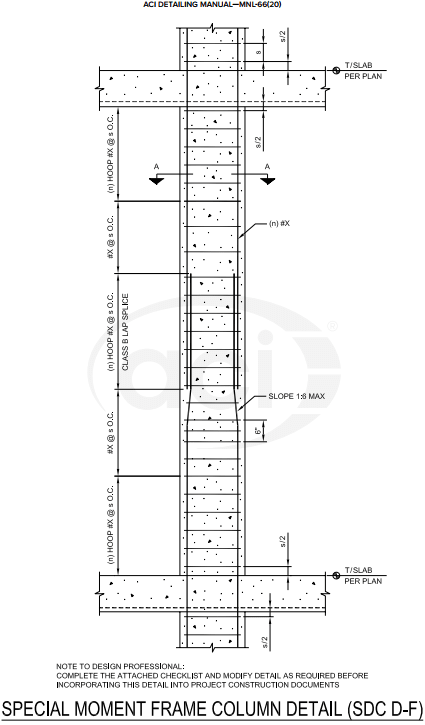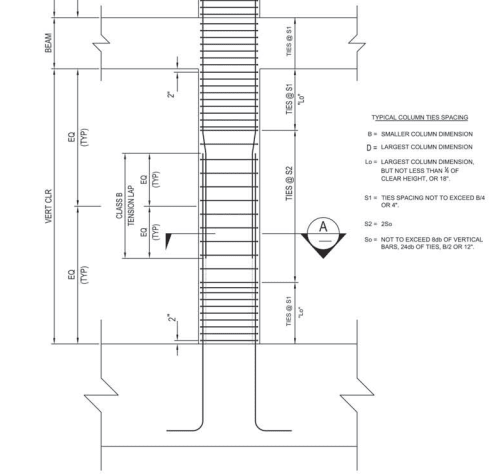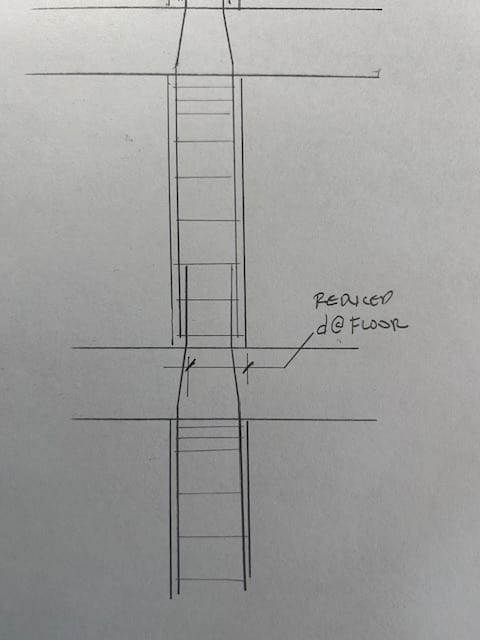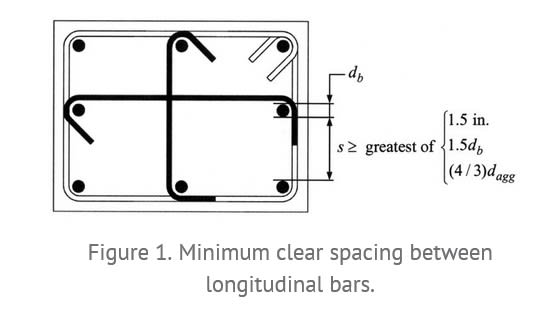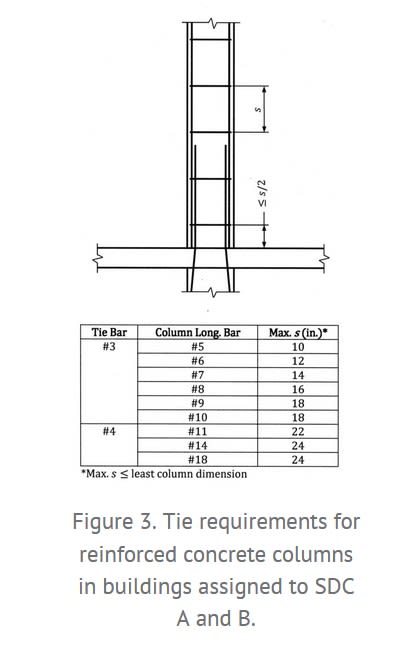Ok, I get you, you said "middle" and I heard it as center of the outside face, an eight bar grid (3 top, 2 in the middle at the edge, 3 bottom), there's two bars in the centroid more or less and yeah, those won't do much in reality when it's bending that way, they count when it bends in the other direction, and they count for compression and maximum reinforcing limits, too.
Man I got to go get my concrete textbook someday soon here. Then I can start scanning stuff for better discussion.
Side note, this provides some on point discussion, perhaps out of date, but the figures look on point, as of 2019.
Recommended Details for Reinforced Concrete Construction - Part 3: Columns, Fanella, Structure Magazine, Aug 2019
The splice location in higher seismic isn't arbitrary, just as a note, it's either a) based on testing it with a splice there or b) that's where they wanted the splice to provide survivability and preserve as much of the concrete cover to provide confinement during seismic events, so they put the splice there to "control spalling" where they don't want spalling, i.e. prevent it at top and bottom of the column, hence the tighter stirrup spacing at the top third-ish and bottom third-ish of the column).
This differs from steel construction (at least outside of seismic), because on taller buildings with column splices they prefer to have those 4' or so above finished floor (AFF) so it can double as a temporary mounting for fall protection. And because it's easier to attach where a person can readily reach it.
Proviso: I have not done "high seismic" concrete, and I am going off my recollection of SE 16 hour exam prep back circa 2012.
May as well take this opportunity to plug the FAQ entry -
2019 - Recommended Details for Reinforced Concrete Construction, David Fanella and Mike Mata, Structure Magazine, 2019
